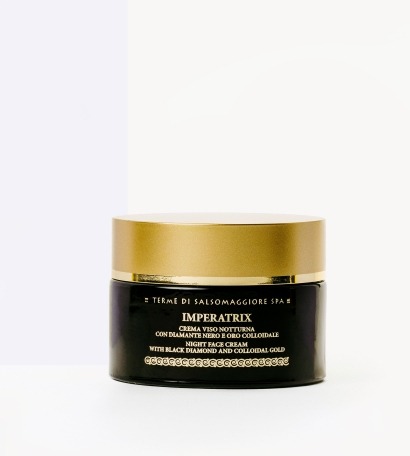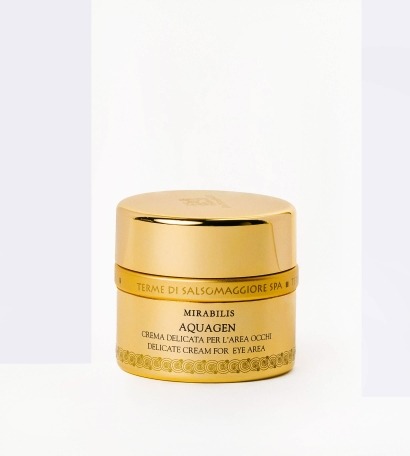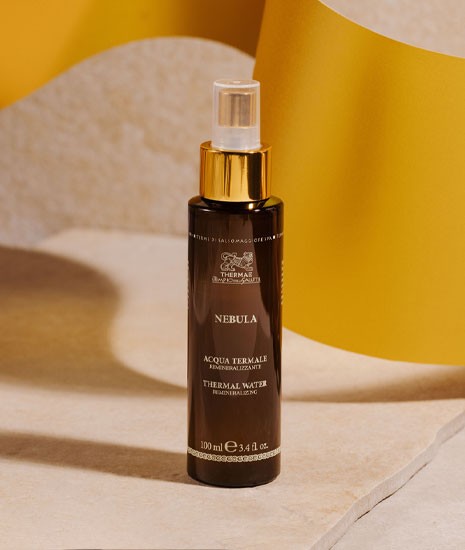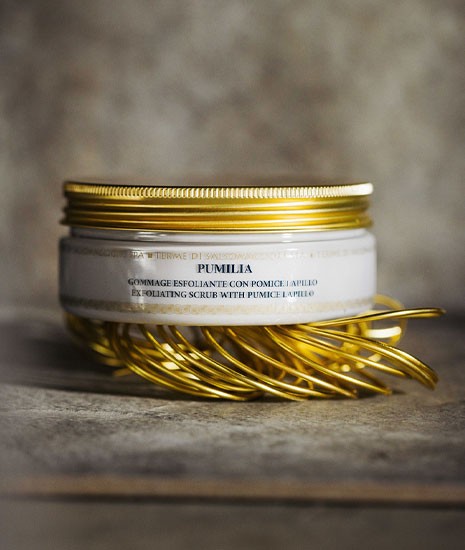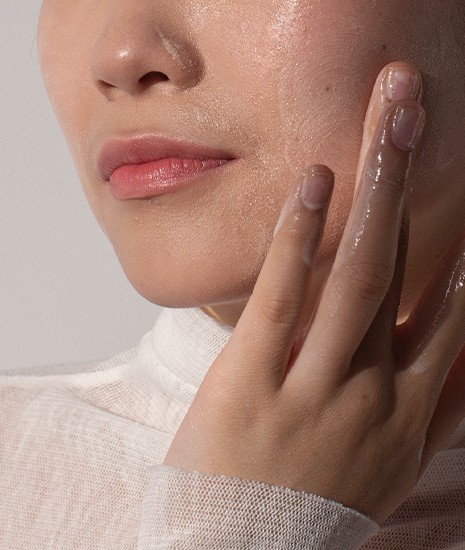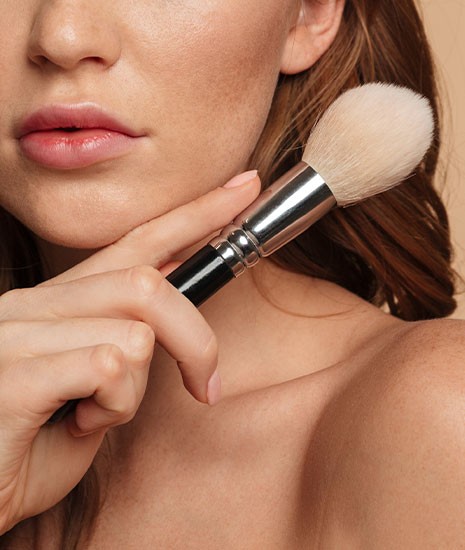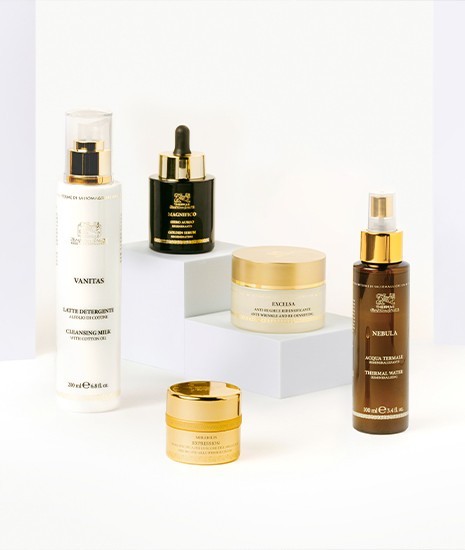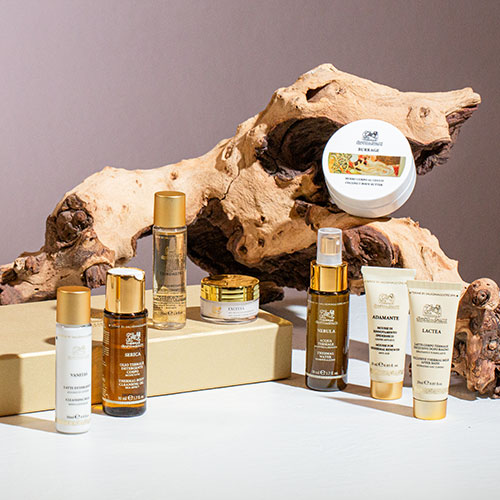
Everything you need to know about ceramides: what they are, types and benefits for the skin
Ceramides: the secret to healthy, glowing Skin.
These little-known yet crucial molecules plays a vital role in achieving hydrated, elastic and glowing skin.
In this article, we will explore everything there is to know about ceramides: from their essential function in maintaining the integrity of the skin barrier, to the different types present and the benefits they offer to our skin.
What are ceramides and what are they for?
Ceramides are essential lipids naturally present in our skin, making up more than 50% of the components of the stratum corneum of the epidermis and are crucial for maintaining the skin barrier. Their presence is key to ensuring hydrated, toned and elastic skin, as they help limit transepidermal water loss and thus prevent skin dryness.
Ceramides have a structure characterized by a chain of fatty acids linked to a molecule of sphingosine (a type of lipid known as an amino alcohol), a configuration that makes them particularly effective in strengthening the epidermal barrier. These properties make ceramides valuable ingredients in the cosmetic industry, used in a wide range of skincare products.
However, it is important to note that the concentration of ceramides in the skin tends to decrease with age, a process that can be further accelerated by external factors such as prolonged exposure to the sun and environmental agents. This reduction can compromise the skin barrier, exposing the skin to problems such as dryness, dermatitis and psoriasis. Therefore, maintaining adequate levels of ceramides is essential to preserve the health and integrity of the skin over time.
In summary, ceramides are vital allies for anyone who wishes to maintain healthy, resilient and youthful skin. Their integration into daily skincare routines, through the use of specific products, can make a significant difference in countering the effects of aging and external aggressions, ensuring softer, smoother and more radiant skin.
Types of ceramides
Based on their structure, ceramides are distinguished into different types, each with specific roles and functions that contribute to the health and appearance of the skin.
These molecules are primarily classified based on their chemical structure and the presence of saturated or unsaturated fatty acids, as well as their functionalization (i.e., the introduction of atoms into a molecule to confer certain chemical properties), such as in the case of phosphorylated ceramides and glucosylceramides.
Among the most relevant types, we find:
- Ceramide 1: essential for restoring the normal cutaneous lipid barrier, this ceramide retains moisture, ensuring hydration and protection against external agents.
- Ceramide 2: particularly beneficial for dry and mature skin, it helps preserve hydration and skin elasticity, offering defense against environmental aggressions.
- Ceramide 3: known for its anti-aging properties, this ceramide contributes to the restoration of the lipid barrier and is effective in minimizing and preventing wrinkles. It is also found in our Imperatrix anti-aging night cream, which, thanks to its reparative and intensely compacting action, makes the skin elastic and toned.
In addition to these, there are numerous other ceramides, each with specific functions, which can be either naturally occurring, found in foods such as soy, wheat and rice or synthetic, produced through laboratory processes.
A detailed understanding of these different types of ceramides and their specific functions is essential in the development of targeted dermocosmetic products. By integrating ceramides into skin treatments, it is possible to offer effective solutions for maintaining hydration, elasticity and youthful skin, as well as for the care of pathologies related to dysfunctions of the epidermal barrier.
The benefits of ceramides for the skin
Ceramides offer a wide range of benefits for the skin, thanks to their ability to strengthen the skin barrier and maintain hydration. These lipids are essential for preserving the health and youthfulness of the skin, acting on several fronts:
- Hydration: ceramides help retain water in the skin, preventing dryness and promoting a more hydrated and firm appearance. This is particularly important in adverse weather conditions or in the presence of naturally dry skin.
- Protection: by forming a protective barrier on the skin's surface, ceramides defend against harmful environmental agents and free radicals, reducing the risk of irritation and inflammation.
- Repair: ceramides play a crucial role in the process of repairing damaged skin, speeding up recovery from minor injuries, cracks and other skin problems.
- Anti-aging: by helping to maintain the skin's elasticity and firmness, ceramides can visibly reduce the appearance of fine lines and wrinkles, offering anti-aging action.
What happens if there is a deficiency of ceramides in the skin?
As we age, the skin begins to produce fewer ceramides and this deficiency can lead to dryness, increased sensitivity and skin problems such as eczema and dermatitis. This deficit weakens the skin's protective barrier, making it more vulnerable to external agents and accelerating the signs of aging, such as wrinkles and loss of elasticity.
How to increase ceramide levels in the skin?
To raise ceramide levels in the skin and strengthen the skin barrier, there are several approaches you can take:
- Use cosmetic products with ceramides: serums, lotions and creams containing ceramides can help repair the skin barrier, improving its hydration and protection.
- Try supplements: ceramide supplements can be a good way to increase ceramide levels from the inside, helping to maintain healthy skin.
- Eat healthily: a diet full of fruits, vegetables, whole grains and healthy fats is good for the skin. Foods that contain ceramides or that stimulate their production, such as soy, wheat and rice, are particularly beneficial.
- Drink water: staying well-hydrated helps keep the skin hydrated and supports ceramide production.
By following these tips, you can help your skin remain better equipped to defend against environmental stresses.
How to incorporate ceramides into your Skincare Routine
Incorporating ceramides into your skincare routine is a crucial step to keep the skin hydrated, elastic and youthful, especially considering that with age and sun exposure, the quantity and quality of these elements tend to decrease.
Ceramides in skincare products can replenish the naturally occurring ceramides in the skin and they can be present in various types of cosmetics, such as:
- Cleansers: you can choose gentle cleansers enriched with ceramides to prepare the skin without stripping its natural oils.
- Serums: after cleansing, you can apply serums formulated with a high concentration of ceramides to restore the skin barrier.
- Moisturizing creams: creams with ceramides seal in moisture and the ceramides provided by the serum, further reinforcing the skin barrier and promoting hydration. You can find Ceramide 2 in our Aquagen eye contour cream, which with its reparative action, helps this delicate area regenerate, appearing healthier and more hydrated.
- Masks and occasional treatments: you can integrate into your weekly routine masks or specific treatments enriched with ceramides that offer intense hydration and repair, especially if your skin is particularly dry or stressed.
Additionally, it is advisable to apply sunscreen every day. UV exposure can degrade ceramides and further damage the skin barrier, so sunscreen helps to preserve ceramide levels.
Ceramides: allies for young and healthy skin
Incorporating ceramides into your skincare routine is an essential step to counter the effects of aging and environmental agents on the skin. By using products enriched with ceramides, you can help restore and maintain the epidermal barrier, ensuring your skin looks younger, hydrated and resilient.
Remember, consistency is key: regular use of products with ceramides can make a significant difference in the appearance and health of your skin, helping it stay younger, hydrated and resistant to environmental stresses.


